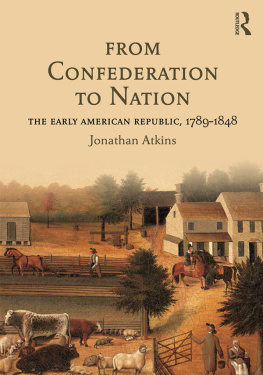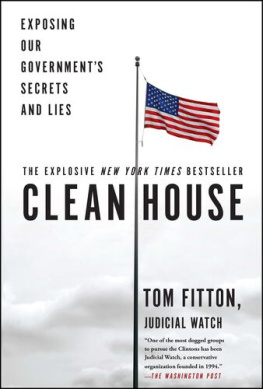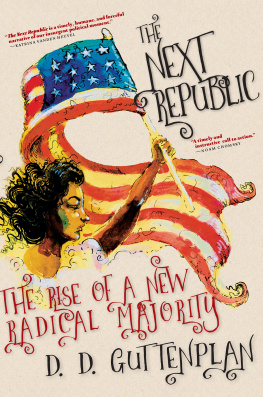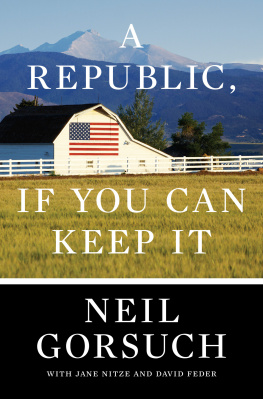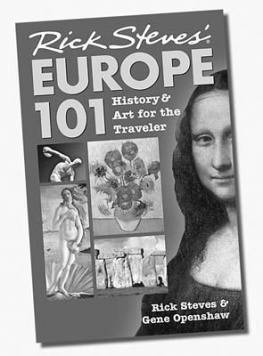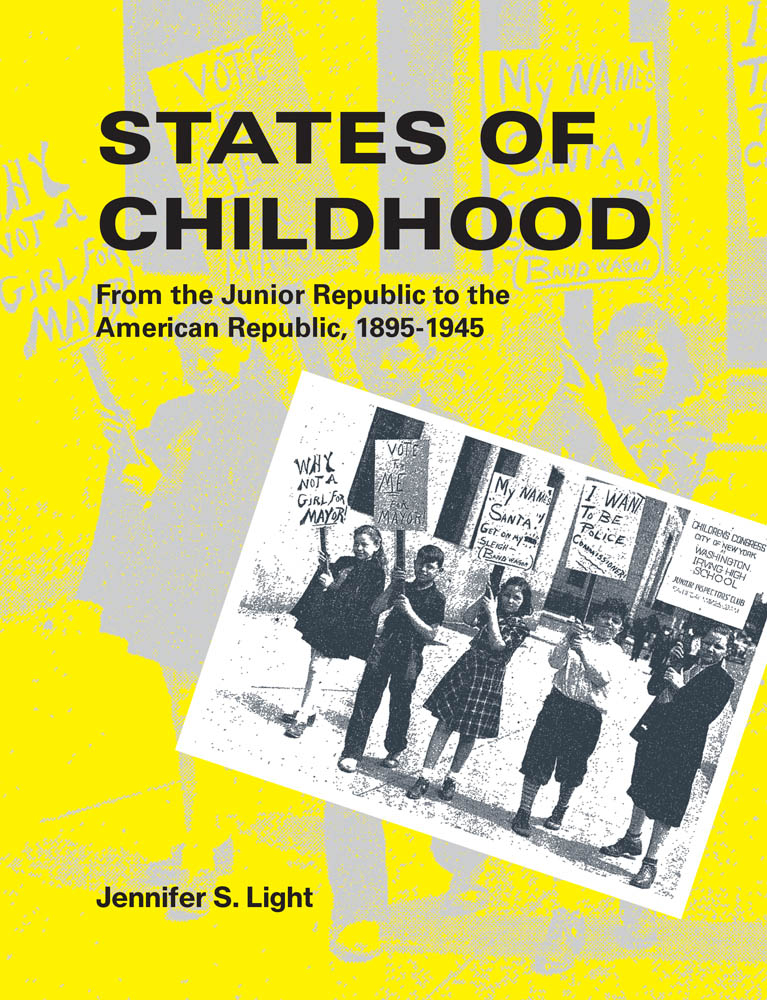This work is subject to a Creative Commons CC-BY-NC-ND license. Subject to such license, all rights are reserved.
The open access edition of this book was made possible by generous funding from Arcadiaa charitable fund of Lisbet Rausing and Peter Baldwin.
Names: Light, Jennifer S., 1971 author.
Title: States of childhood : from the junior republic to the American republic, 18951945 / Jennifer S. Light.
Description: Cambridge, Massachusetts : The MIT Press, [2020] | Includes bibliographical references and index.
Subjects: LCSH: George, William R. (William Reuben), 18661936. | George Junior Republic (Freeville, N.Y.) | Junior republicsHistory. | Child welfareUnited StatesHistory. | YouthUnited StatesSocial conditionsHistory. | YouthPolitical activityUnited StatesHistory. | YouthEmploymentUnited StatesHistory.
It seems as though boys live a sort of double life, not only the practical, real life of to-day, but the life of the fancy. I remember once I was going away to give a little talk, and as I came downstairs and stepped into my wifes room, I noticed a very funny odor, as though something were burning. I came into the chamber, and I saw a company of little people grouped over a gas stove I didnt know what they were doing, but I thought I could discern a smell of smoked halibut. I was told I was mistaken, it was venison; I had come across a hunting party, under their mothers leadership, camping on the prairies of Wyoming.
A Junior Republic is a Community, the citizens of which are boys and girls in other respects it is just the same in all essentials as any community in the United States of America the whole point of the Junior Republic is to develop the inhabitants of an institution or community under conditions approximating as closely as possible the actual conditions which they must face in real life to develop the character of each individual simultaneously with the development of the social consciousness of the whole group.
Contents
List of Figures
George Junior Republic at Freeville.
Source: William R. George, Nothing Without Labor (Freeville, NY: George Junior Republic, 1902).
William R. George.
Source: William R. George Family Papers, box 122, folder 1027, envelope 16, Activities and Group Pictures. Courtesy Division of Rare and Manuscript Collections, Cornell University Library.
George Junior Republic legislature in session.
Source: The George Junior Republic, Harpers Weekly, May 23, 1896.
George Junior Republic barber shop.
Source: William R. George Family Papers, box 121, folder 162, envelope 20, Early days. Courtesy Division of Rare and Manuscript Collections, Cornell University Library.
George Junior Republic, Hotel Waldorf dining room.
Source: The George Junior Republic, Harpers Weekly, May 23, 1896.
George Junior Republic, prisoner sentenced to hard labor.
Source: The George Junior Republic, Harpers Weekly, May 23, 1896.
George Junior Republic prison.
Source: William George, The Junior Republic: Its History and Ideals (New York: Appleton, 1910).
George Junior Republic, street sweepers.
Source: Abigail Powers, The George Junior Republic, The Puritan 9 (1901).
Street in Cairo, reproduced for the 1893 Chicago Worlds Fair.
Source: James W. Shepp and Daniel B. Shepp, Shepps Worlds Fair Photographed (Chicago: Globe Bible Publishing, 1893).
George Junior Republic, contractors digging a ditch.
Source: William George, The Junior Republic: Its History and Ideals (New York: Appleton, 1910).
Cottage Row and some of its property owners.
Source: H. Bruce Addington, A Vocational School a Hundred Years Old, Outlook, July 28, 1915.
Counting the votes, Kellom School, Omaha.
Source: Albert Shaw, The School CityA Method of Pupil Self Government, Review of Reviews 20 (1899).
Truancy squad, PS 125, New York City.
Source: Bernard Cronson, Pupil Self-Government: Its Theory and Practice (New York: Macmillan, 1907).
Elections, 21st District School, Milwaukee.
Source: Albert Shaw, The School CityA Method of Pupil Self Government, Review of Reviews 20 (1899).
Children playing Indian, c. 1905.
Source: State Archives of Florida, Florida Memory, https://floridamemory.com/items/show/138541.
The Sand Pile.
Source: G. Stanley Hall, The Story of a Sand Pile (New York: Kellogg, 1897).
Building a clubhouse at the University of Chicago Laboratory School, c. 1899.
Source: Katherine Camp Mayhew Papers, box 17, folder 9, Parents and Children. Courtesy Division of Rare and Manuscript Collections, Cornell University Library.
Police court, school city, Havana.
Source: Wilson Gill, The School City, Journal of the Franklin Institute (July 1903).
Board of Health, Playground City, Louisville.
Source: Arthur Leland, Playground Self-Government, Charities 12 (June 4, 1904).
Constitutional committee, Girls City, Hebrew Sheltering Guardian Society Orphan Asylum.
Source: Annual Report of the Hebrew Sheltering Guardian Society (New York: Hebrew Sheltering Guardian Society, 1907/1909).
Vegetable gardeners, Progress City.
Source: A Historical Report of the Sixteen Years Work at Hiram House (Cleveland: Hiram House, 1912).
Model cottage, Hiram House.
Source: A Historical Report of the Sixteen Years Work at Hiram House (Cleveland: Hiram House, 1912).
Taking the oath of office, Carlisle Indian School.
Source: Wilson Gill, A New Citizenship (Philadelphia: Patriotic League, 1913).
Vocational education classes making school furniture, Gary, Indiana.
Source: Rheta Childe Dorr, Keeping the Children in School, Hamptons Magazine 27, no. 1 (July 1911).
Cooking classes making school lunch, Gary, Indiana.
Source: Henry Holmes, The Gary System Explained, Review of Reviews 59 (June 1919).
Progress City carpenters repairing the Hiram House fence.
Source: Charles Bushnell, Progress City, The World Today 12 (1907).
Trial board, Boston Newsboys Republic.
Source: Philip Davis, Street-land: Its Little People and Big Problems (Boston: Small, Maynard, 1915).


